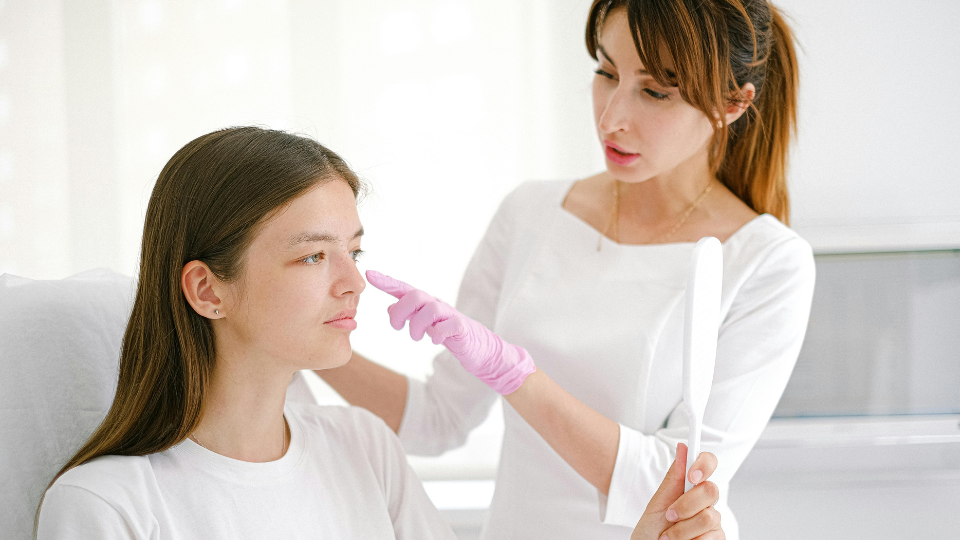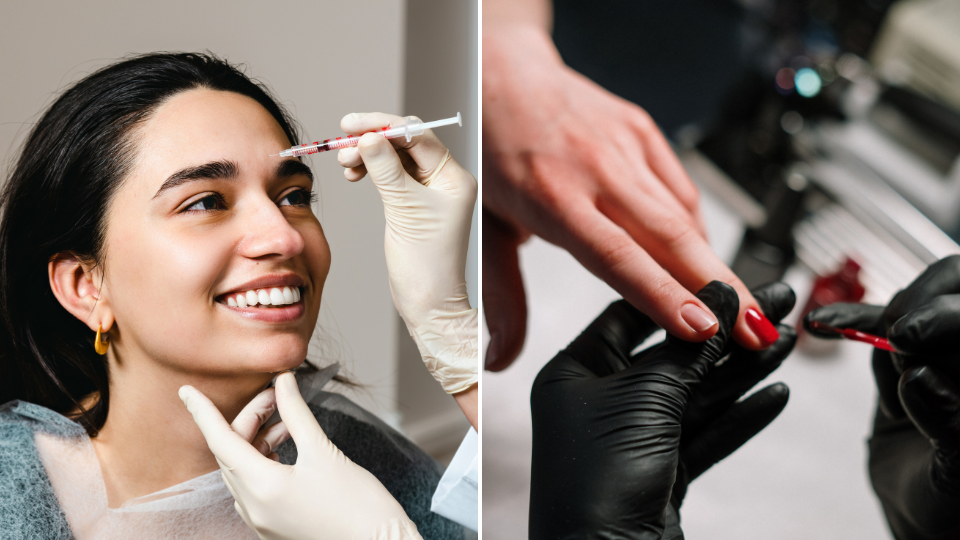Are dermal fillers dangerous?
What are dermal fillers?
As simply as possible, dermal fillers are injectable fluids which can be used to treat lines and wrinkles in certain areas of the face, restore lost volume, plump lips, contour cheeks and even correct a crooked nose. They are injected into the dermis, a deeper layer of the skin which weakens as we age and impacts the external appearance of the skin. Dermal fillers come in different thicknesses depending on the area of the face to be treated.
There are different types of dermal fillers available in the UK and they work in slightly different ways. The most commonly used dermal fillers contain hyaluronic acid (HA); this is a substance found naturally in the body which hydrates and adds volume to the skin. The HA fillers used most often at Woodlands are Juvederm and Belotero.
Radiesse, another widely used dermal filler, works differently as it is made up of calcium-based microspheres.
Who can perform a dermal filler procedure?
Currently, there are very few regulations around who can and can't inject dermal fillers. While most leading manufacturers of FDA approved dermal filler products (such as Allergan, who make Juvederm) state that filler procedures should only be performed by medical professionals who have had the appropriate training, there are still dermal filler training courses available in the UK which are open to beauty therapists. Often these are just day courses which involve a few hours of practical training before the practitioners are issued with a certificate and are ready to treat.
At Woodlands, we feel very strongly that dermal fillers should only be administered by highly experienced medical professionals. This is because a dermal filler is a medical treatment, and as with any medical treatment, risks and complications can occur. Should a complication arise during or following a treatment, a doctor or nurse will be much better equipped to deal with an emergency situation than a person with no medical background. At Woodlands, all of our treatments are performed by experienced medical professionals who frequently attend training courses and master classes to keep up to date with the latest developments and new techniques in the industry. Medical professionals are also required to adhere to codes of conduct that make them accountable for their treatments and ensure that they follow best practice at all times. Non-medical practitioners do not have to adhere to the same professional codes.
What are the risks and side effects associated with dermal fillers?
The most common side effect of a dermal filler is swelling and/or bruising. This is the result of the injection, rather than the filler itself; when a needle is inserted into the skin, small blood vessels are broken, which can cause a bruise. The level of bruising varies from person to person and also depends on the area that has been treated. Bruises are temporary and can be treated with Arnica gel/Auriderm cream to help to heal them more quickly.
Although it is very rare, as most fillers are derived from substances which occur naturally in the body, there is the possibility of an allergic reaction. However, as long as a detailed medical consultation is carried out prior to treatment, your practitioner should be able to assess the likelihood of this happening, and if they think there is a chance of a reaction, will perform a skin test first.
More serious complications can occur if the wrong injection technique is used - the most minor of these complications would be lumps forming under the skin. These can normally be dispersed with massage or through injecting a product called hyaluronidase. More severe lumps such as granulomas may require surgery to remove them.
A far more serious dermal filler complication is tissue necrosis. This is caused when filler is accidentally injected into a blood vessel, blocking it. When a blood vessel becomes blocked, oxygen is unable to reach the tissue supported by the vessel and the tissue dies. This can lead to disfigurement and, if the vessel that has been blocked is one leading to the eye, it can cause blindness. It is important to note that cases of blindess caused by dermal fillers are extremely rare. As long as your practitioner is highly experienced and skilled in dermal filler procedures, then the chances of a serious complication are very low.
So, are dermal fillers dangerous?
As long as the procedure is being performed by an experienced, skilled medical professional, then no, dermal fillers are not dangerous and the most you would have to worry about would be swelling and possibly a bruise.
In the wrong hands however, yes, they can be dangerous. As outlined above, there are complications associated with dermal fillers and if a practitioner does not know what to do if such complications arise, then the results can be disastrous.
The most important thing to remember if you are considering dermal filler is to do your research. Make sure you go to a reputable, professional clinic where the practitioner has been properly trained and is experienced in carrying out this kind of procedure. A practitioner should be able to show you certificates that prove they have been properly trained as well as "before and after" photos of previous patients they have treated.
It's important to bear in mind that for the small number of dermal filler "horror stories" that are reported, there are numerous more cases of people who have had successful treatments, without a single problem. More often than not, when we see cases of treatments "going wrong" the problem lies with an irresponsible or inexperienced practitioner, which is why it's vital to find a nurse or doctor who knows what they're doing.



